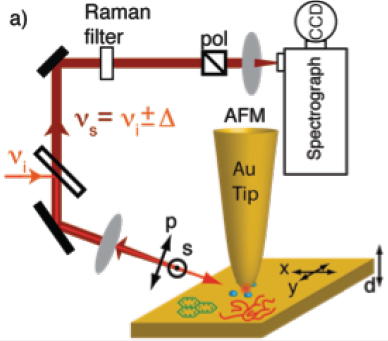Deep-Cooled InGaAs FPA Camera Enables High-Speed, High-Resolution In Vivo Imaging of SWIR-Emitting Quantum Dots
Working in the shortwave-infrared (SWIR) region of the spectrum affords researchers several advantages, including the abilities to circumvent unwanted fluorescence backgrounds and to probe more deeply into sample surfaces. The advent of deep-cooled camera systems that employ indium gallium arsenide (InGaAs) focal plane arrays (FPAs) has further increased…Read Full Article

Ultrafast ICCD Cameras Enable New Three-Pulse Ballistic Imaging Technique for Studying Temporal Evolution of Turbulent, Steady Sprays

Although the use of sprays for industrial processes such as material deposition, cutting, and mixing is widespread, the design and testing of most spray devices is still predominantly phenomenological, owing not only to limitations in computing power but to gaps in the fundamental understanding of the multiphase fluid phenomena that drive spray breakup and morphology. One key to developing a first-principles understanding of sprays, therefore, is to devise methods for…Read Full Article
Advanced CCD Cameras and Imaging Spectrographs Facilitate Acquisition of Novel Femtosecond Stimulated Raman Spectroscopy
Accurate characterization of surface-enhanced Raman spectroscopy (SERS) biosensors, fluorescent dye molecules that hold great promise for in vivo bioanalyte detection, can often be quite difficult as the overwhelming isoenergetic fluorescence signal typically makes it challenging to measure…Read Full Article

Tip-Enhanced Raman Scattering (TERS)

The ability to identify small quantities of adsorbed analyte or structural features down to the few-molecule level is a key challenge in nanotechnology. Optical spectroscopy provides an attractive means to achieve such identification via non-invasive implementations and the potential for chemical sensitivity. Raman scattering has emerged as a particularly powerful technique due to its…Read Full Article
